History of a Place
History of a Place
Toys - part of the Jura's heritage
History of a region and a museum
Back in the Middle Ages
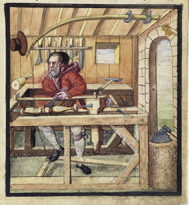
The development of toys in the Jura is inseparable from woodturning. The story began at the Abbey of Saint-Claude, which was a major pilgrimage centre in the Middle Ages. The crowds of 13th-century pilgrims created the first demand for devotional items. The monks themselves used wood, horn and ivory to make paternosters, which are today called rosaries. Farmers on the surrounding farms, who were looking for additional income during the winter period, took over this expertise and started making small objects and toys for pilgrims' children from the 14th century onwards.
The 19th century, the golden age of woodturning
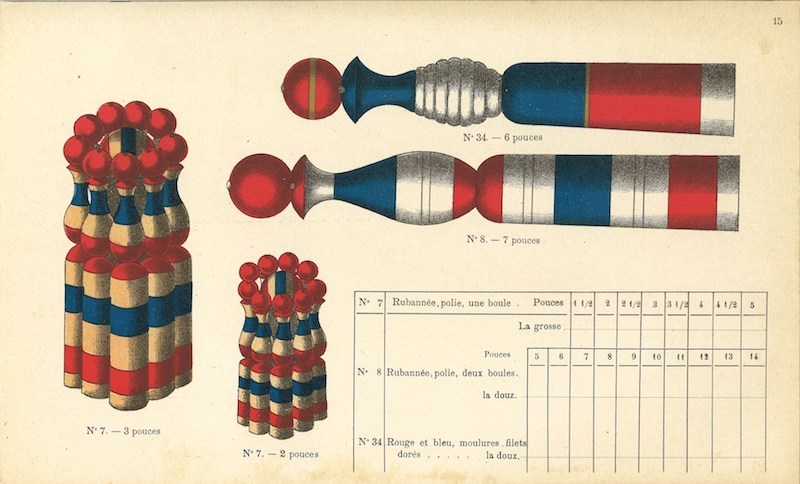
The Abbey of Saint-Claude's influence waned from the end of the Middle Ages. The French Revolution of 1789 put an end to pilgrimages and the production of devotional items. Wood turners turned to producing other objects, while techniques improved. At the end of the 18th century, the 'wheel lathe', turned by an assistant, replaced the 'bow lathe', thus making wood turners considerably more productive.
1900-1950
Moirans-en-Montagne, the birthplace of French toys
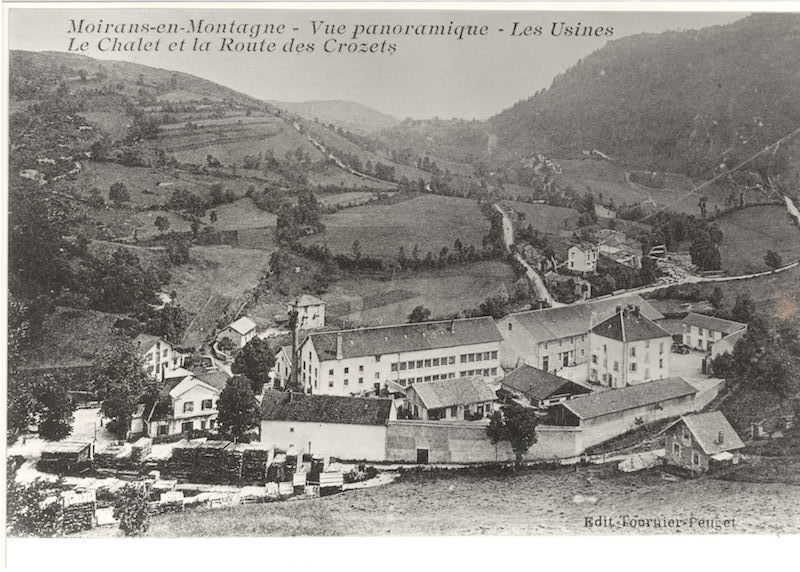
The first wooden toys turned in Moirans-en-Montagne reputedly date from 1820. At that time, wood turners in Moirans-en-Montagne specialised in whistles and recorders, also known as 'flageolets'. The thousands of 'bibis' - small whistles topped with an inflatable balloon - manufactured in the region even earned it the nickname 'Bibiville' in around 1850. At the turn of the 20th century, Moirans-en-Montagne became one of the main woodturning centres and the toy capital.
1950-1980
Plastic is fantastic!
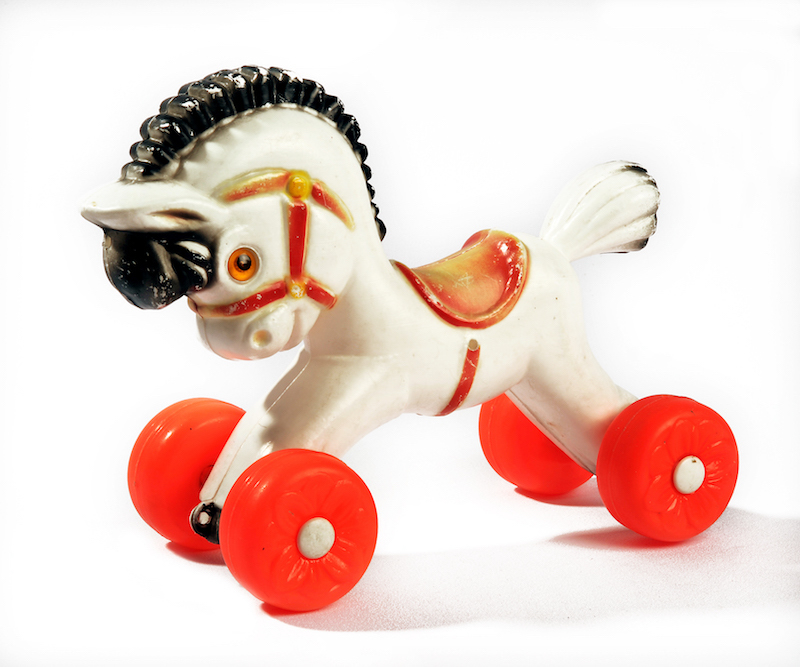
After the Second World War, the toy industry experienced considerable growth due to the switch from wood to plastic. Toys made first of celluloid and then of synthetic polymers derived from petrochemical industry (more commonly called plastic), and resulting from new moulding processes (thermoforming, injection moulding and blow moulding), were mass produced at reduced cost. Boosted by the extraordinary demand of the post-war '30 glorious years', Moirans asserted its position as the 'toy capital' despite competition from Oyonnax.
1980-1989
The globalisation era
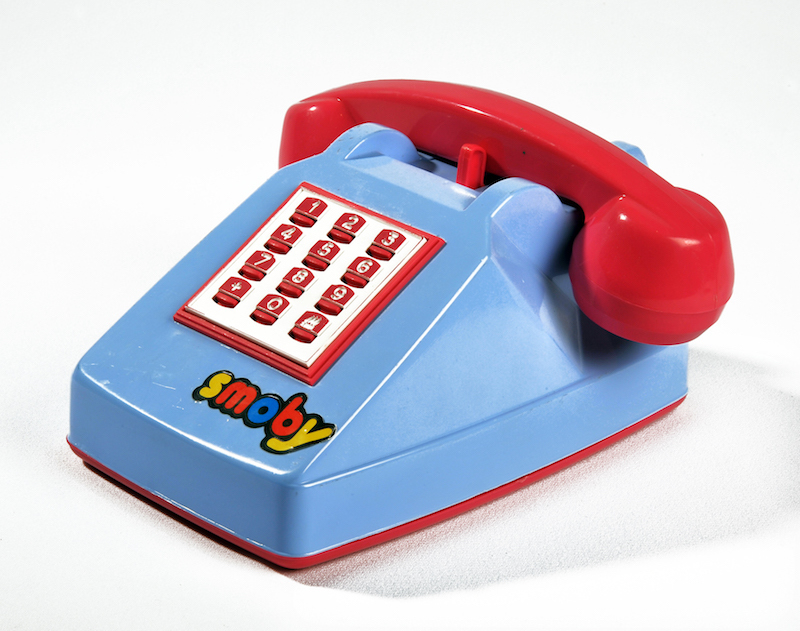
The 1980s witnessed profound upheavals in the toy sector. International competition was raging. Electronic toys and video were serious rivals to traditional toys. Wooden toys accounted for just a tiny share of the market. French companies had to cope with forgeries and changes in distribution. Brands invested in expensive advertising campaigns to win over consumers.
1989 - 1996
'La Maison du Jouet'
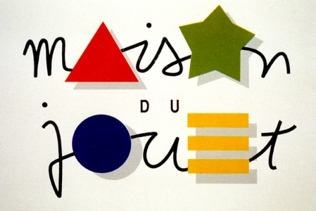
In May 1989, the 'Maison du Jouet', a brightly coloured building inspired by industry, was completed. Its architect, Guy Bonnivard, described it as a "huge Lego construction lost on a meadow in Haut-Jura". His creation aimed to boost and showcase the Jura's toy industry and was much more than a museum.
1997 -2010
The 'maison' becomes a museum
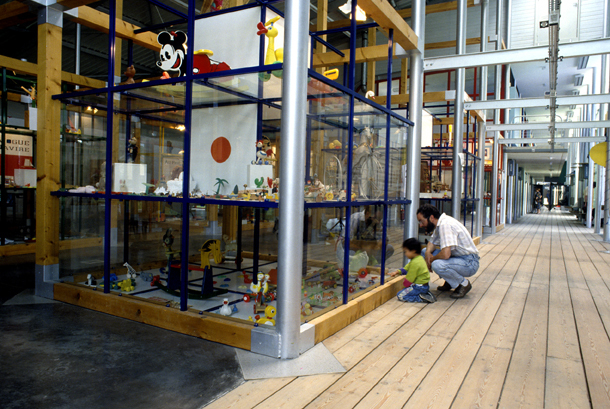
Due to inter-company rivalries and the financial difficulties experienced by the toy craftsmen and manufacturers' association, the town hall of Moirans-en-Montagne took over running the museum in January 1997. The commune injected fresh impetus with temporary exhibitions, educational workshops, an audiovisual room, etc. In 2002, the Toy Museum received the 'Museum of France' label. Its collections expanded.
2011-2012
The museum gets a makeover
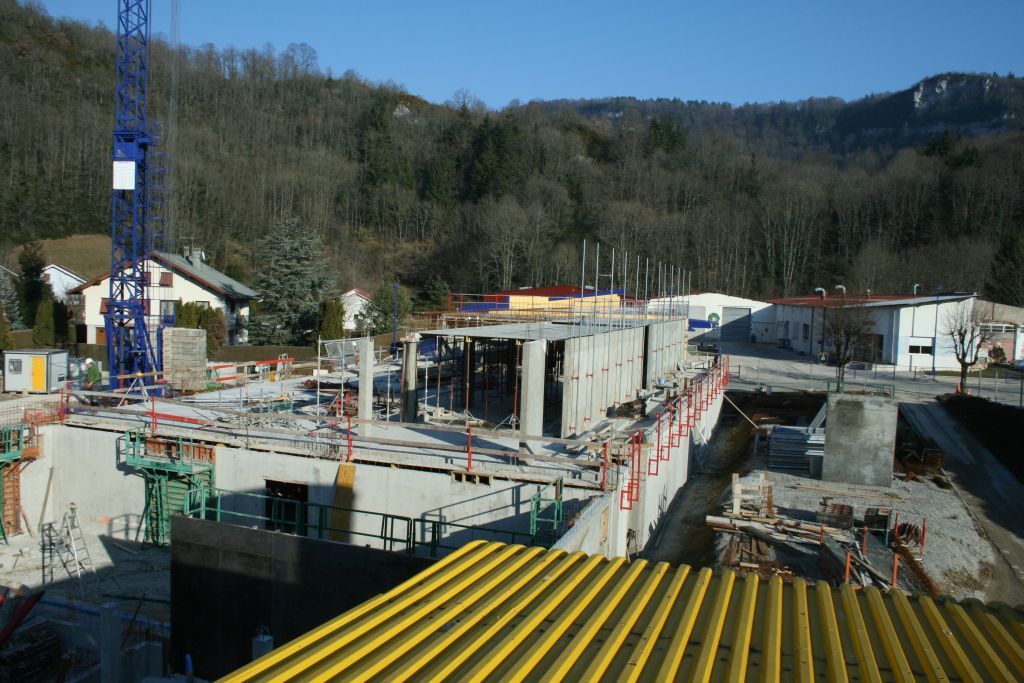
In September 2010, the Toy Museum closed to the public for 22 months of building work. The architects Jacques Blanc Potard (Arprau architectural firm, Lyon) and Jean-Marc Duboin (Saint-Claude) were entrusted with the following challenges: to provide a new showcase for one of Europe's finest collections of toys and games, to give visitors the quality of services found in modern museums, and to respect the identity of the original building.
2012-2018
A new toy museum
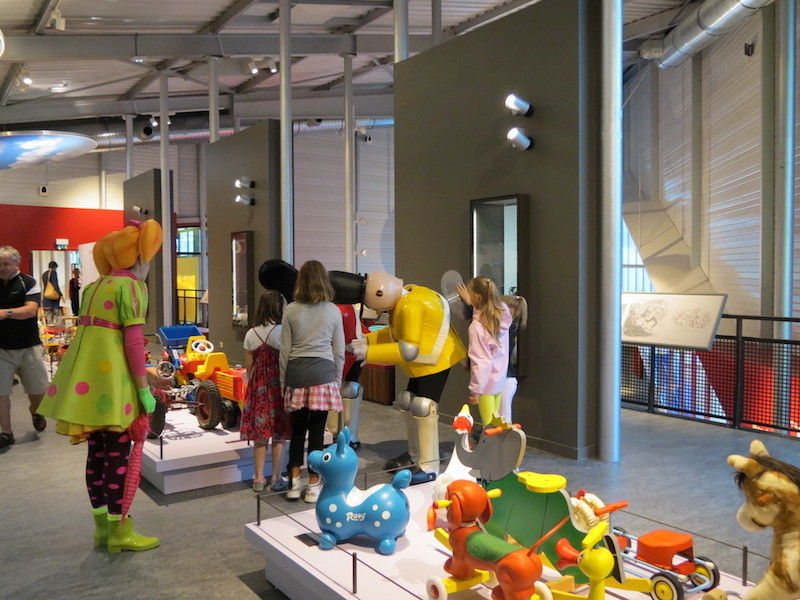
The 'new toy museum' opened on 1 July 2012. The extension doubled the museum's floor space, which now covers 3,400m². The overall architecture is consistent and attractive, and the site's identity has been renovated while respecting the initial choices. Green spaces for outdoor games are found all along the extension building, overhung by an enamel and steel triptych enlivened by artist Françoise Petrovitch's poetic line drawings.
2019
The toy museum is 30 years old!
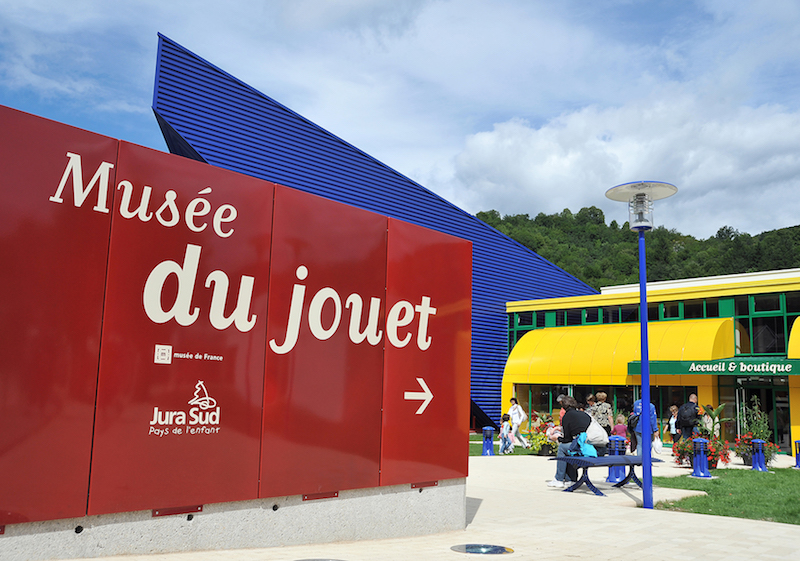
 |
PREPARE YOUR VISIT |
 |
 Opening hours
Opening hours
> In July and August
Open daily from 10am to 7pm.
> From September to June
Open Mondays (school holidays only), Tuesdays, Wednesdays, Thursdays and Fridays from 10am to 12.30pm and from 2pm to 6pm.
Open Saturdays and Sundays from 2pm to 6pm.
Closed on 1 January, 1 November and 25 December, and on Mondays outside of school holidays.
On other bank holidays from September to June: open from 2pm to 6pm.
Special early closing at 5pm on 24 and 31 December.
 The Toy Museum
The Toy Museum
5, rue du Murgin
39260 MOIRANS-EN-MONTAGNE (FRANCE)
 + 33 (0) 3 84 42 38 64
+ 33 (0) 3 84 42 38 64

















